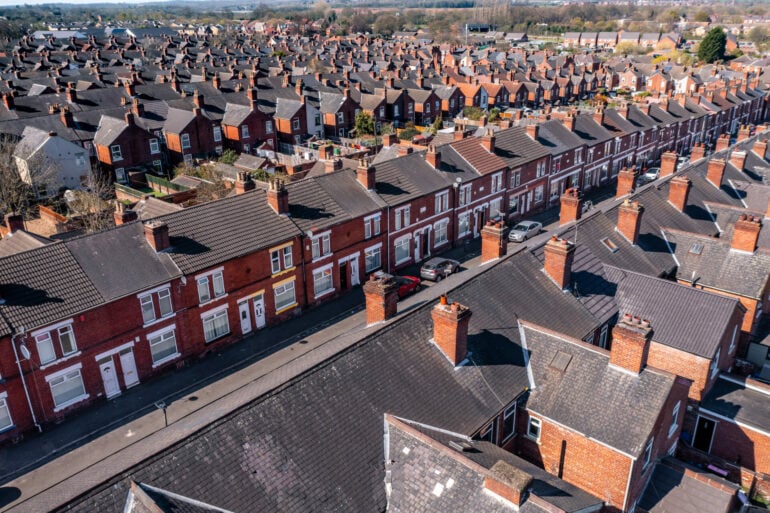Two years into the cost-of-living crisis, a YouGov survey supported by the Health Foundation reveals that families are still under significant financial strain.
Despite the CPI inflation rate dropping from 11.1% in October 2022 to 4.6% in October 2023, many indicators suggest families continue to struggle with elevated living costs.
The survey, conducted among over 8,000 adults in October 2023, indicates that while some outcomes have slightly improved since November 2022, most families are faring worse than two or more years ago.
For instance, over a fifth of people were experiencing moderate or severe food insecurity in October 2023, a substantial increase from pre-pandemic levels.
The survey also highlights that the impacts of the cost of living crisis are more severe for certain groups, particularly those with disabilities and from Black ethnic backgrounds.
While 48% of employed working-age respondents reported an increase in pay over the year to October 2023, nearly a quarter of these pay rises did not match the rate of inflation.
Moreover, a quarter of workers did not receive any pay rise, including 7% whose pay decreased.
Housing costs have risen for over two-fifths of working-age adults, a significant increase from the 30% in 2018-2019. This rise in housing costs is more pronounced in younger adults under 55 compared to those aged 55-64.
Anne Fairweather, head of government affairs and public policy at Hargreaves Lansdown, reflects on the report: “In the struggle for financial resilience you might have hoped we were finally getting the upper hand against inflation, as wages have started to fight back.
“However, this eye-opening report shows that the cost of putting a roof over our heads still threatens to push us under.
“The Resolution Foundation has found that pressure from the rising price of heating and eating has eased a little since last autumn. However, life for those on lower incomes is still far harder than before prices started to rise.
“The HL Savings & Resilience Barometer shows that the lowest-earning two-fifths of households have eaten through any financial resilience they were able to build during the pandemic, and face some impossible challenges.
“While food inflation remains far higher than overall inflation, this report shows that one of the biggest threats comes from housing costs. Runaway rental costs mean anyone renewing their contract has faced a horrible squeeze on their finances.
“Meanwhile, for those with mortgages, there’s a gulf between those who have been forced to remortgage – who have seen an even bigger squeeze than renters – and those who are still protected by a fixed rate. As we go through next year, more mortgagees face this horrible prospect.
“The Barometer shows that by the middle of 2024, 26% of mortgage holders will be spending a quarter of their after-tax income on mortgage payments, which is when they’re considered to be at risk of defaulting.
“To make matters worse, 230,000 of those people who are at risk of arrears have cash savings that cover less than three months of essential spending – so are classed as being at high risk. And 470,000 mortgage borrowers in this position also have unsustainable spending, so are at critical risk.”



